Inside the recovery of MIA Americans from a secret jungle base
- By Task & Purpose
Share This Article
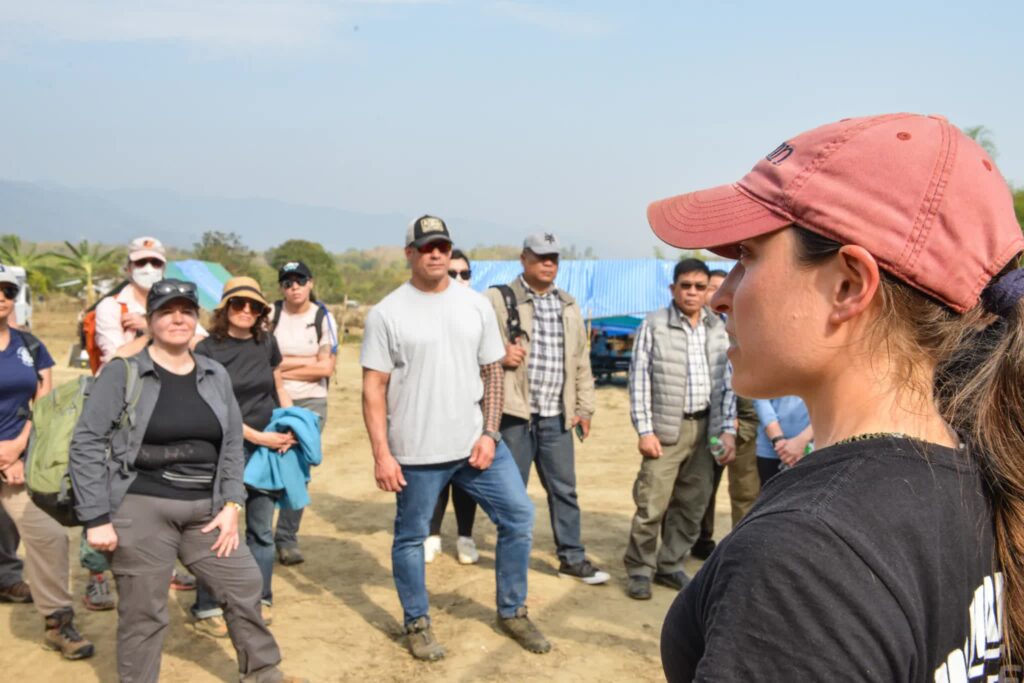
Katie Rubin was suspended from a rope 150 meters up a rugged cliffside in a remote Laos jungle when she spotted the human bones.
“I was attached via a relatively short sewn runner to a fixed line that had been placed by one of our six-foot-something team members,” Rubin said. “I noticed what looked like possible skeletal material on the surface at the edge of a drop-off.”
Rubin was lowering down the face of a sheer mountain that was once Lima Site 85, a top-secret Air Force radio site in the Vietnam War. The station was overrun in a fierce firefight in 1968, with 12 Americans who manned the site never recovered. Reports from survivors indicated that the Americans had taken a final refuge during the attack on the west side of the mountain, above a 150-meter cliff.
Rubin and her team from the Defense POW/MIA Accounting Agency had learned that the bodies of the Americans killed may have been thrown over the side of the cliffs after the battle.
In late 2023, the DPAA team arrived in Phou Pha Thi in Houaphan Province. As the Scientific Recovery Expert on the mission, Rubin was evaluating the area to see if they could send in a recovery team to search for the remains of those killed during the attack almost six decades before.
The old base is now a tourist destination where a paved road extends up to the base of the cliffs, and a staircase ascends the cliff side on the southeastern side of the mountain.
The bodies, the team had been told, likely, landed on ledges down the cliff’s face.
“These ledges are separated from the base of the mountain by additional cliff faces. We were aware that they contain a very high [unexploded ordinance] burden and are subject to potentially lethal rock fall,” Rubin said.
Some debris from the station infrastructure is still in place at the summit, but most of it was removed or destroyed after the U.S. conducted dozens of bombing runs shortly after the battle. Though tourists visit the mountain top via a cleared path, an extensive amount of unexploded ordinance remains along the steep cliffs and ledges to the west and southwest sides of the mountain.
Rubin and her team recovered the remains after “an awkward amount of effort” due to the dangerous cliff sides and slopes – but they didn’t know who they belonged to.
A secret, remote station with no way out
Lima Site 85 was an Air Force radar site located on top of the mountain known as Phou Pha Thi in Houaphan Province. The station served as a radar beacon that bombers used for navigation as they flew into North Vietnam. It also played a critical role in a secretive operation called “Project Heavy Green.” The operation was designed to cut off supplies the enemy forces were transporting via the Ho Chi Ming trail.
In March 1968, North Vietnamese commandoes overran the site. The early morning assault resulted in the deaths of 12 US Air Force personnel, as well as many Hmong and Thai soldiers. An Air Force Chief Master Sgt. Richard Etchberger earned a posthumous Medal of Honor, coordinating the station’s defense and evacuation of survivors.
Recovering those left behind

To prepare for the recovery work at Lima Site 85, Rubin and her team underwent extensive conditioning and mountaineering training, including courses at the Marine Mountain Warfare Training Center in Bridgeport, California, and the Army Mountain Warfare School in Jericho, Vermont.
Rubin told Task & Purpose that their goal at the site was not to recover bodies but to scout out the cliff sides surrounding the looming mountain. Were they even accessible with ropes? Was there unexploded ordinance to deal with? Finding remains, Rubin said, was supposed to come later.
The team included Rubin and other civilians, and several military personnel including a team leader, two team sergeants, a communication specialist, a linguist, four dedicated mountaineers, two EOD technicians, and two medical personnel with extensive mountain casualty evacuation experience.
The group operated from helicopters, hiking, short rope ascents, and rappels, and lowering or rappelling team members down the 150-meter cliff face. Before arriving at the site, Rubin handed out photos and profiles of all the missing so each team member could learn as much as possible about them.
Three of the 12 missing Americans at Lima Site 85 had been accounted for by recovery trips that began in 2003. Rubin spotted the remains on the cliff during just what was supposed to be a one-day evaluation of the old base.
The team carefully recovered the remains and sent them to the DPAA’s labs in Hawaii for identification.
Rubin and her team were still in Vietnam evaluating a different site when they heard that the lab had found a match: Sgt. David Price.
“I was ecstatic and couldn’t wait to share our excitement with the rest of the Lima Site 85 team and anyone who cared to listen, for that matter,” Rubin said. “The mountaineer and I started talking to everyone on our Vietnam site about Lima Site 85 and what happened there.”
“We had the Netflix Medal of Honor episode about the battle playing in our van. It is always exciting to bring home one of our missing. The investment every team member put into this particular site – physically and emotionally – made it all the more rewarding. We had trained for months for this, and even though we only had a few hours on the ledges in the end, we were able to bring Sergeant Price home.”
This article by Joshua Skovlund was originally published by Task & Purpose.
Read more from Sandboxx News
- F-16s carrying the A-10’s 30mm cannon actually saw combat
- ‘Stop That Tank!’ This is how Disney contributed to World War II
- How Delta Force thanked police after a week of urban combat training
- F-35 program is becoming one of the most expensive in military history
- Everything you need to know about America’s struggle to replace its aging ICBM arsenal
Related Posts
Sandboxx News Merch
-

‘AirPower’ Classic Hoodie
$46.00 – $48.00 Select options This product has multiple variants. The options may be chosen on the product page -

‘Sandboxx News’ Trucker Cap
$27.00 Select options This product has multiple variants. The options may be chosen on the product page -

F-35 ‘Lightning’ Framed Poster
$45.00 – $111.00 Select options This product has multiple variants. The options may be chosen on the product page
Task & Purpose
Related to: Military Affairs
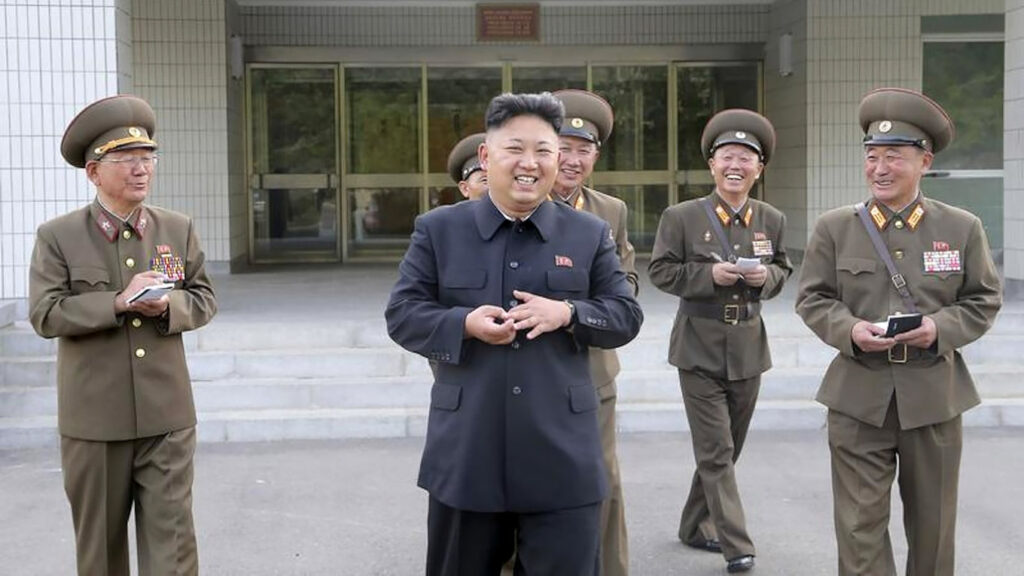
Russia is sending ‘hundreds’ of its war wounded for treatment in North Korea, ambassador says
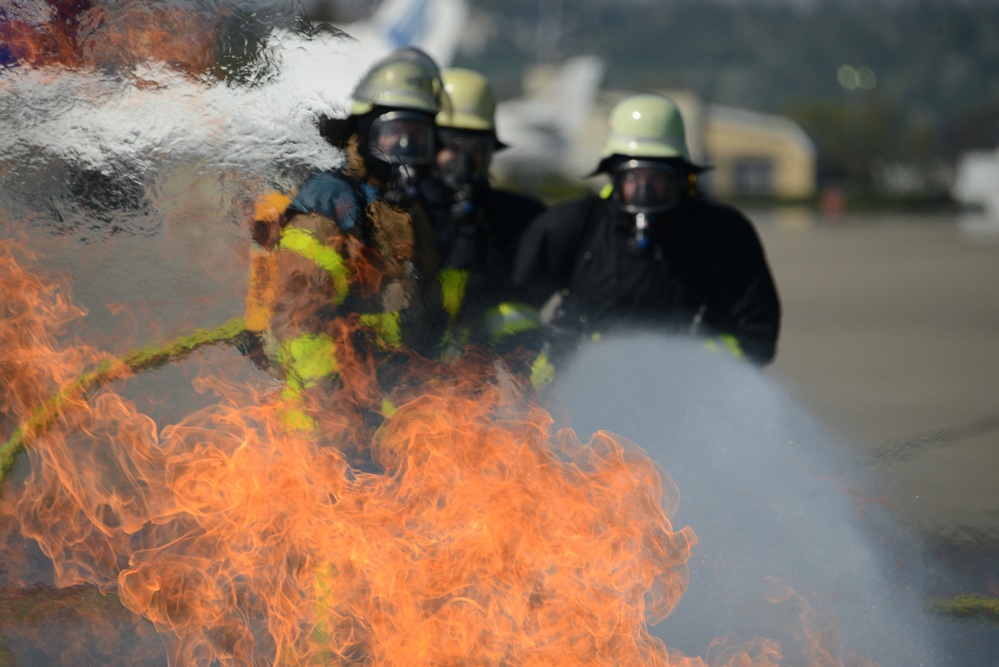
Does the CIA have its own fire department?
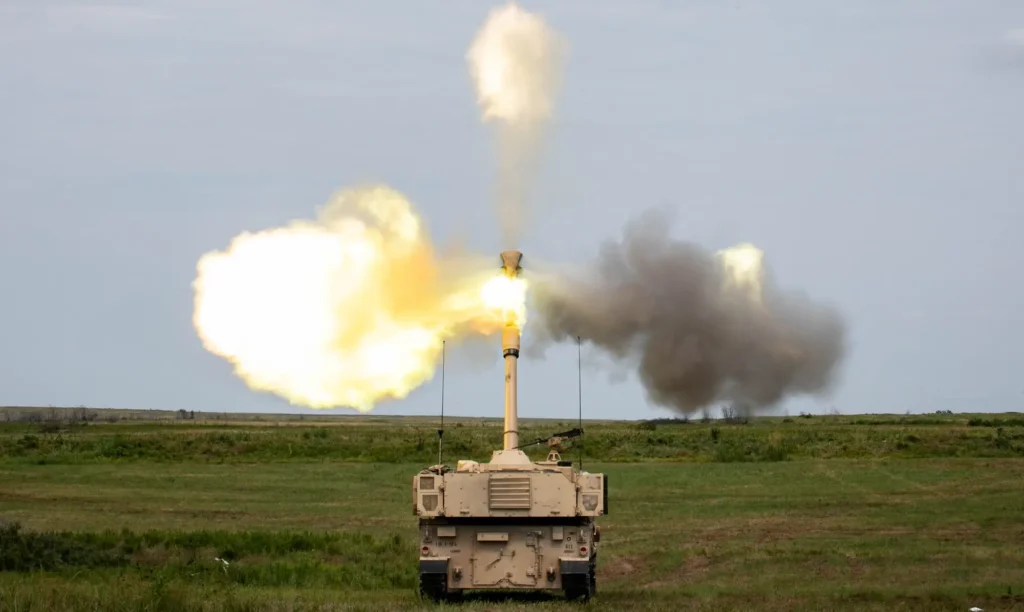
The US Army knows it has artillery problems. Now, it just needs to fix it
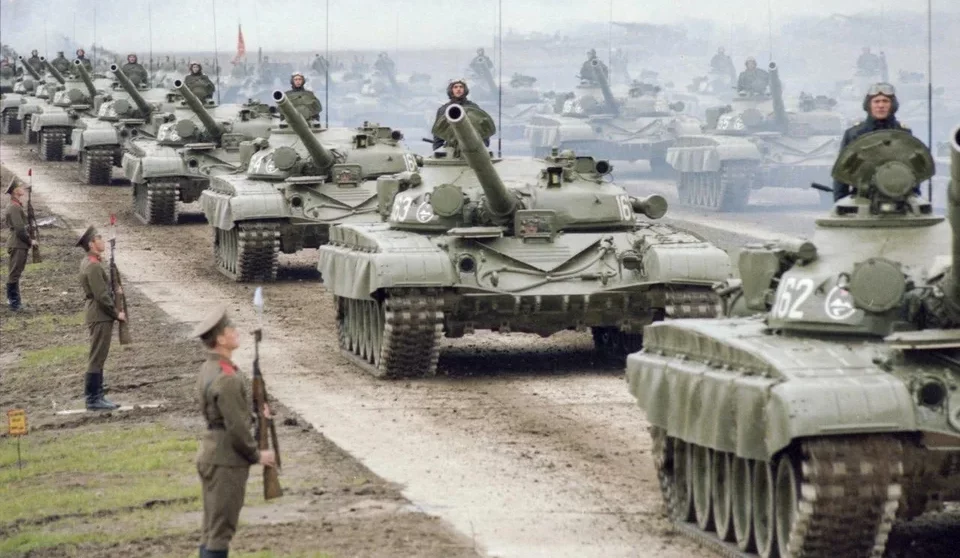
In 1980, the US Army feared Russian tanks were invincible
Sandboxx News
-

‘Sandboxx News’ Trucker Cap
$27.00 Select options This product has multiple variants. The options may be chosen on the product page -

‘AirPower’ Classic Hoodie
$46.00 – $48.00 Select options This product has multiple variants. The options may be chosen on the product page -

‘AirPower’ Golf Rope Hat
$31.00 Select options This product has multiple variants. The options may be chosen on the product page -

‘Sandboxx News’ Dad Hat
$27.00 Select options This product has multiple variants. The options may be chosen on the product page
